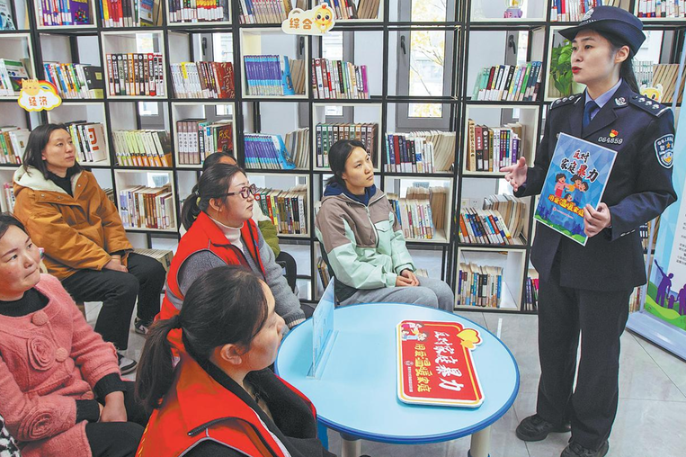Symposium celebrates Cao Mu Zhi for its vivid depiction of rural revitalization and deep connection to nature
By Yang Yang | chinadaily.com.cn | Updated: 2024-04-15 14:46

Recently, a symposium was held in Beijing to honor the novel Cao Mu Zhi (Chronicles of Plants) by Teng Zhenfu, jointly hosted by the Baihua Literature and Art Publishing House, the Writers Publishing House, and the bimonthly literature magazine Furong. The event drew more than 20 writers and literary critics.
Originally serialized in Furong magazine in 2023, the novel was officially released as a book in February 2024 by Baihua Literature and Art Publishing House and Writers Publishing House. Cao Mu Zhi centers on the transformation of Xuli village, which originated as a Qing Dynasty (1644-1911) postal station. The narrative follows the journey of the protagonist, a village-stationed cadre, and the village head, Shao Zhentian, as they guide the villagers in adapting to local conditions, developing industries, and steering the village towards prosperity and well-being under the Party's rural revitalization strategy.
Wu Yiqin, vice-president of the Chinese Writers Association, commended the novel for its skillful intertwining of historical and contemporary narratives, vividly portraying the revitalization of Xuli village.
Yan Hui, deputy editor-in-chief of Writers Publishing House, emphasized the author's profound observation and deep affection for nature, resulting in a remarkably detailed depiction of plants and a realistic portrayal of Northeastern folk customs and rural life.

Chen Xinwen, president of Hunan Literature and Art Publishing House, lauded the vivid portrayal of the characters, particularly the protagonist and Shao Zhentian, setting new standards for rural-themed literature. The lively and vivid language, especially in dialogues, enhances the work's literary quality, making it a high-quality masterpiece brimming with life and a strong sense of the times.
Zhang Li, a professor from the School of Chinese Language and Literature at Beijing Normal University, highlighted the novel's deep immersion in the unique ambiance of Northeast China, not only capturing the region's flora but also offering a vivid portrayal of contemporary people. The incorporation of local slang and plant-character parallels introduces novelty and estrangement to the story, enhancing its appeal and accessibility to rural readers.
























